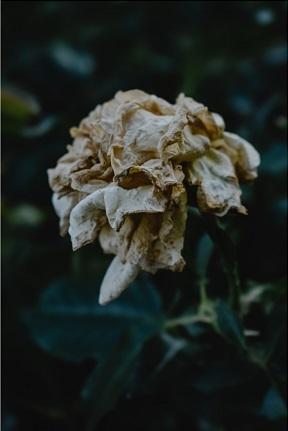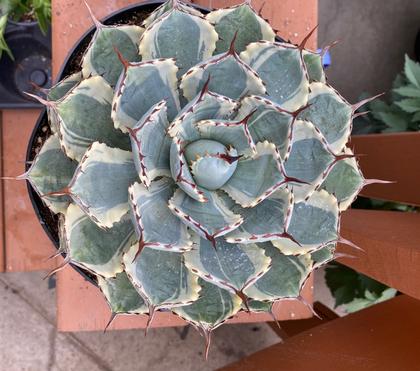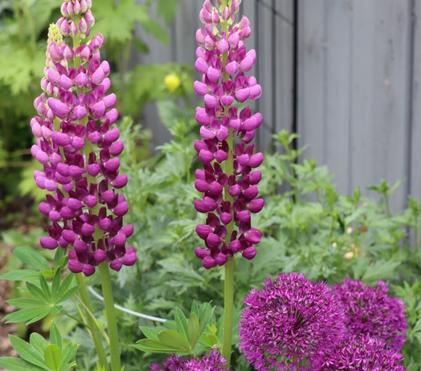Garage Syndrome is Very Real
Many of us have been there. Had a week of warm weather at the beginning of May, and couldn’t resist “just looking” at the greenhouse, and returned home with some plants tucked under your arm. Now what? You put them in the garage until it was warm enough to plant. When you planted them in the soil, you noticed they didn’t look the same as they did in the greenhouse, but they still seemed all right. Then you waited for them to bloom. Three weeks to a month later and finally a flower appeared. Then your plants started to return to normal and bloom like they were supposed to. What happened?

It’s the dreaded Garage Syndrome, otherwise known as Kitchen Cupboard or Kitchen Table Syndrome. You won’t find this disease listed anywhere, yet it’s a common springtime malady. There’s no actual disease, as in an illness caused by a virus, fungus or bacteria, of course. It’s simply a plant’s physiological response to a bad environment. Its needs are not being met (see What Plants Need) , so all flower buds, including teeny-tiny ones that you wouldn’t have seen as flowers for another month or so die. All it takes is two or three days in a garage or storage shed to bring on the effect, but the longer a plant stays in the garage, the more damage is done. They will grow out of it if you took good care of them during their captivity, but there will always be that long wait for blooms.
The biggest contributor to the problem is the air. Stagnant air may be low on vital gases such as oxygen and high on other gases that may harm the plant, such as ethylene. Dead and decaying flowers, fruits and vegetables generate ethylene, but it’s also present in exhaust fumes from vehicles (along with gas and oil fumes). Lack of day to night temperature variations and low light levels are also problems. The same things are true of storage sheds. Cold concrete floors which stress the plants’ roots might be a factor in some garages too.
To avoid symptoms which range from shedding or shattering of flower petals, misshapen or malformed leaves and flowers, thickened stems, leaf yellowing or chlorosis, stunted plant growth, flower bud and leaf abortion to epinasty or twisting, you must begin a gentle “hardening off” for your young plants. I suggest spacing out your flowers on a wagon or movable cart (or two or three) for easy transportation between indoor and outdoor locations.
My father-in-law always got his plants from the greenhouse a week or two before the May long weekend, but he never planted them until after May long weekend. He was very particular about his flowers and had specific Begonia, Dracaena, Lobelia, Calibrachoa and Fuchsia that he could not do without. So, he sheltered them in the garage on wagons. He brought them in and out daily and left the garage door partially open for air flow at all times. His pots, window boxes and baskets always looked amazing. The only challenges I remember him having, were trying to keep the rabbits out of his plants!
**FYI He ended up discovering a fantastic solution to the rabbits eating his flowers and shrubs. He scattered shavings of Irish Spring soap around the base of the plants he wanted to protect and the rabbits avoided them.

